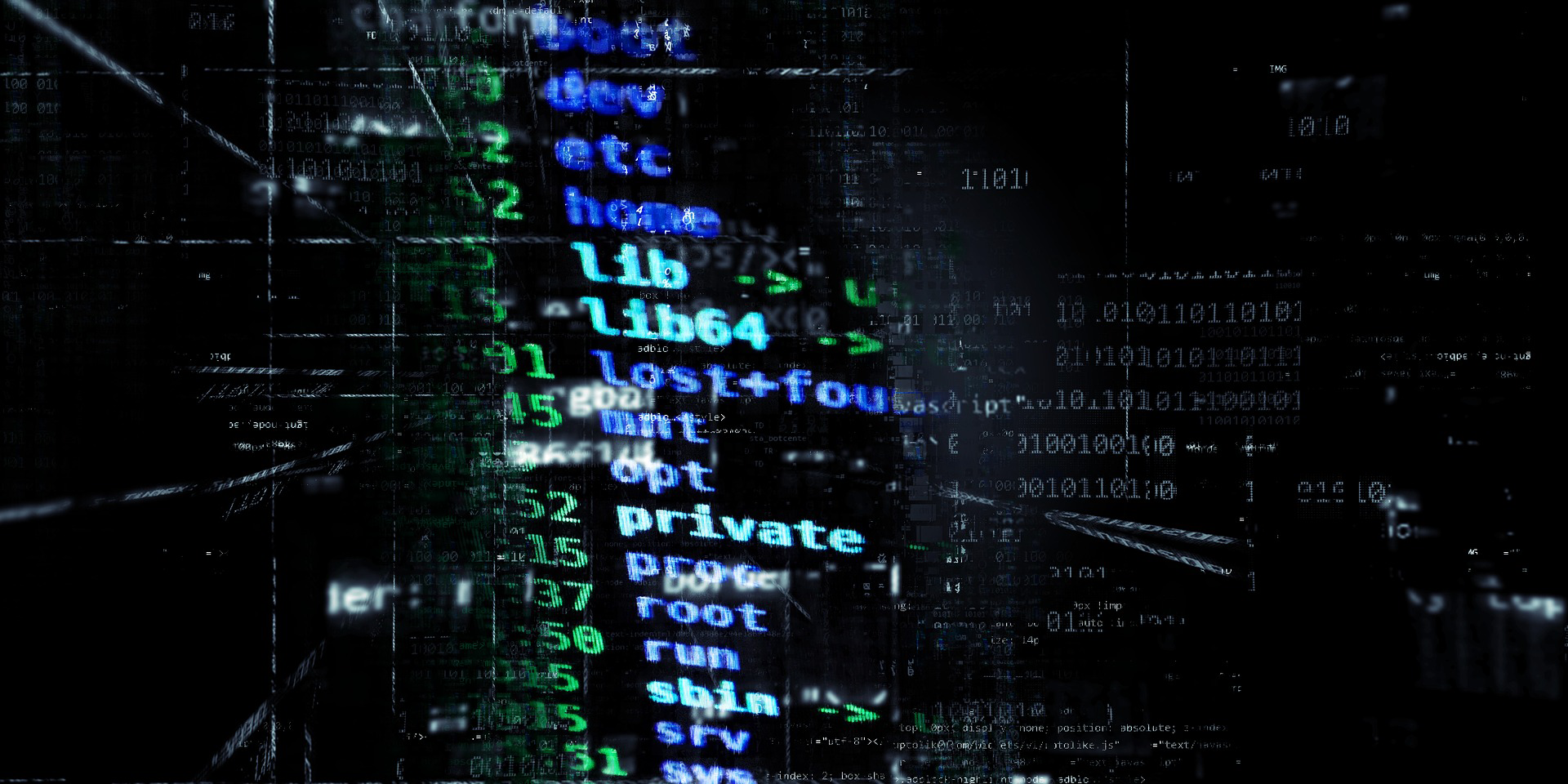This article was originally published by the Council on Foreign Relations on 14 October 2020.
Despite the increasing number of public attributions, few analysts have looked at how public attribution fits within the larger toolbox of statecraft. In a recently published article, I lay out what public attribution is, how we can explain it using the intelligence studies literature, and for what purposes it is employed (for more, you can also read this longer policy analysis [PDF] on the subject). In this shorter piece, I argue that public attribution serves different functions in the short, medium, and long-term.




